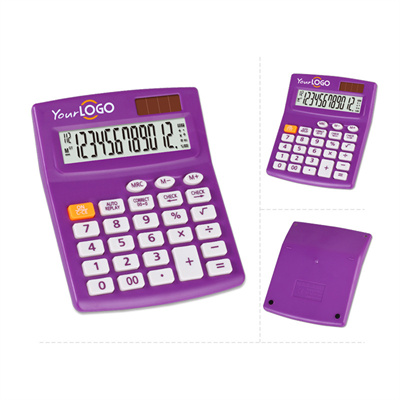The evolution of general calculators has witnessed a remarkable transition from analog mechanisms to digital precision. In this article, we’ll delve into the history and advancements of general calculators, highlighting their journey from mechanical devices to modern digital tools.
Analog Calculators: Analog calculators, also known as slide rules, were among the earliest calculation tools. They employed physical scales and markings to perform mathematical operations, paving the way for more advanced methods.
Electronic Calculators: The advent of electronic calculators marked a significant shift. These early devices used vacuum tubes and later transistors to perform calculations electronically, reducing the need for manual calculations.
Pocket Calculators: The introduction of pocket-sized calculators revolutionized the industry. Compact and portable, these calculators became accessible to a wider audience, from students to professionals.
Scientific and Graphing Calculators: Advancements led to scientific and graphing calculators. These devices offered functionalities like trigonometry, exponents, and graph plotting, catering to academic and professional needs.
Digital Precision: Modern general calculators are characterized by digital precision. With LCD displays and powerful microprocessors, they deliver accurate calculations with user-friendly interfaces.
Conclusion: The evolution of general calculators mirrors the progress of technology, from analog mechanisms to digital precision. These tools have transformed the way we perform calculations, offering enhanced accuracy and accessibility in various fields.













